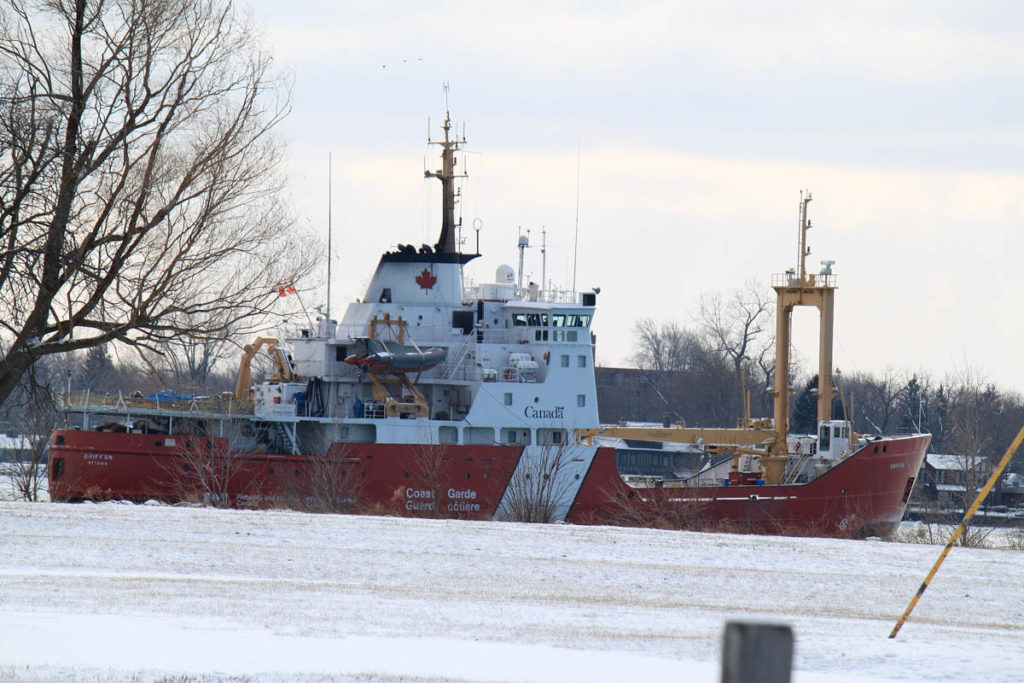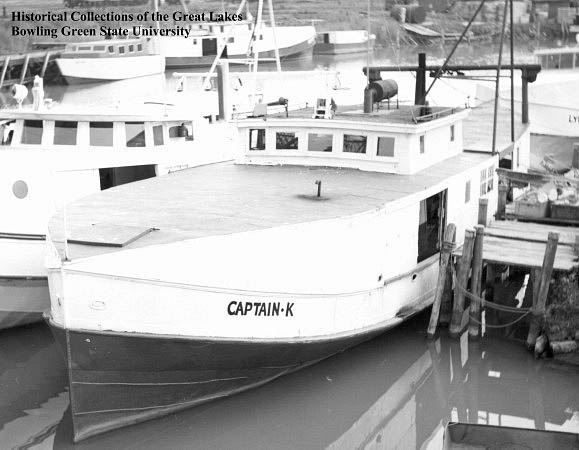Working at sea is inherently dangerous. Ships and workers alike must be seaworthy in order to provide a safe working environment. When a maritime accident occurs, the vessel is frequently far from help.
In the case of the collision between fishing tug Captain K and the Griffon, a Canadian Coast Guard ship attempted to assist in a collision between the two back in March 1991. There are a plethora of reasons for maritime accidents. Many of them, such as severe or extreme weather conditions, are unavoidable, which was the case in this accident. Heavy fog was the factor in this incident.
The CCGS Griffon collided with the inbound Canadian fishing vessel Captain K on March 18, 1991, at approximately 13:20 while leaving Long Point Bay. The fog made visibility extremely difficult. When the Captain K was salvaged, the bodies of all three crew members were recovered from the wreck. The fishing vessel sustained extensive damage and was declared a constructive total loss, while the Canadian Coast Guard vessel sustained minor scrapes.
According to the Transportation Board of Canada, it was determined that the Griffon did not correctly identify a radar target ahead of the vessel and take collision avoidance action before the target entered the area of sea clutter while operating at full service speed in reduced visibility without the use of fog signals. The Captain K was operating without a functioning radar, which contributed to the collision.

The Griffon
The Griffon is a light icebreaker/navaids tender used by the Canadian Coast Guard (CCG) for buoy handling and small-to-medium-ship escort in all areas of southern Canada and the sub-Arctic. During the majority of the navigational season, the Griffon is based at the CCG District Base in Prescott, Ontario. Her main responsibility is to place, service, and remove navigational buoys in the upper St. Lawrence River, western Lake Ontario, and eastern Lake Erie near the Welland Canal. The ship also services other navigation aids, assists with light-station resupply and maintenance, and performs ice-breaking duties. The Griffon is assigned to search and rescue (SAR) in accordance with CCG policy for all vessels. The Griffon can transport a helicopter, extending the range for ice reconnaissance, search and rescue, and medical evacuation missions. The vessel’s service speed is listed as 11 knots. The Griffon has a normal complement of 38 crew members, and although she was only carrying 29 at the time of the collision, she had a full complement of navigating officers on board.
Captain K
The Captain K was one of many fishing tugs based in Port Dover, Long Point Bay, and engaged in commercial fishing operations on Lake Erie. She was built entirely of welded steel, with a single-chine hull and a partially enclosed superstructure extending from bow to stern. The hull had a single steel working deck and was not subdivided. The main engine was located directly beneath the wheelhouse, near amidships, and was controlled by a single-lever, Morse-type control mounted to the port side of the helmsman’s center-line steering position. The service speed was 8 kilometres per hour. All navigation and communications equipment was arranged across the forward section of the wheelhouse, within easy reach of the helmsman’s chair. The bunks for the crew were located immediately aft, to port and starboard, at superstructure deck level, with only one metre of head clearance. The only way into the wheel-house was through a door on the port side from inside the superstructure; there was no exit hatch in the wheel-house deckhead, and the wheel-house windows did not allow for escape. The Captain K was outfitted for stern trawling from the port and starboard quarters.
The Accident
The CCGS Griffon collided with the inbound Canadian fishing vessel Captain K on March 18, 1991, at approximately 13:20 while leaving Long Point Bay. The fog made visibility extremely difficult. When the Captain K was salvaged, the bodies of all three crew members were recovered from the wreck. The fishing vessel sustained extensive damage and was declared a constructive total loss, while the Canadian Coast Guard vessel sustained minor scrapes.
Aftermath
Under the supervision of the TSB and the Ontario Coroner’s Office, an underwater visual inspection of the “Captain K” was carried out on March 23, 1991, using divers and a mobile remotely operated vehicle (ROV). The “Captain K” was in 42 m of water, in the coordinates 4236′56.9″N, 8002′53.4″W. The cameras’ footage revealed massive structural damage topside, as well as damage to the wheelhouse’s midsection and forward section on the port side.
The salvage operation was postponed until March 31 due to inclement weather. Diving began on site around 8:25 that day, and it was discovered that the vessel’s attitude and orientation had changed. The vessel broke surface at 9:22, and after water was pumped out, the Captain K was lifted out of the water and placed on the deck of a barge at 11:15. The barge was then towed to Port Maitland. The three crew members were found in their bunks and had been killed with the collision.
Conclusion
The Griffon did not correctly identify a radar target ahead of the vessel and take collision avoidance action before the target entered the area of sea clutter while operating at full service speed in reduced visibility without the use of fog signals. The Captain K was operating without a functioning radar, which contributed to the collision.






